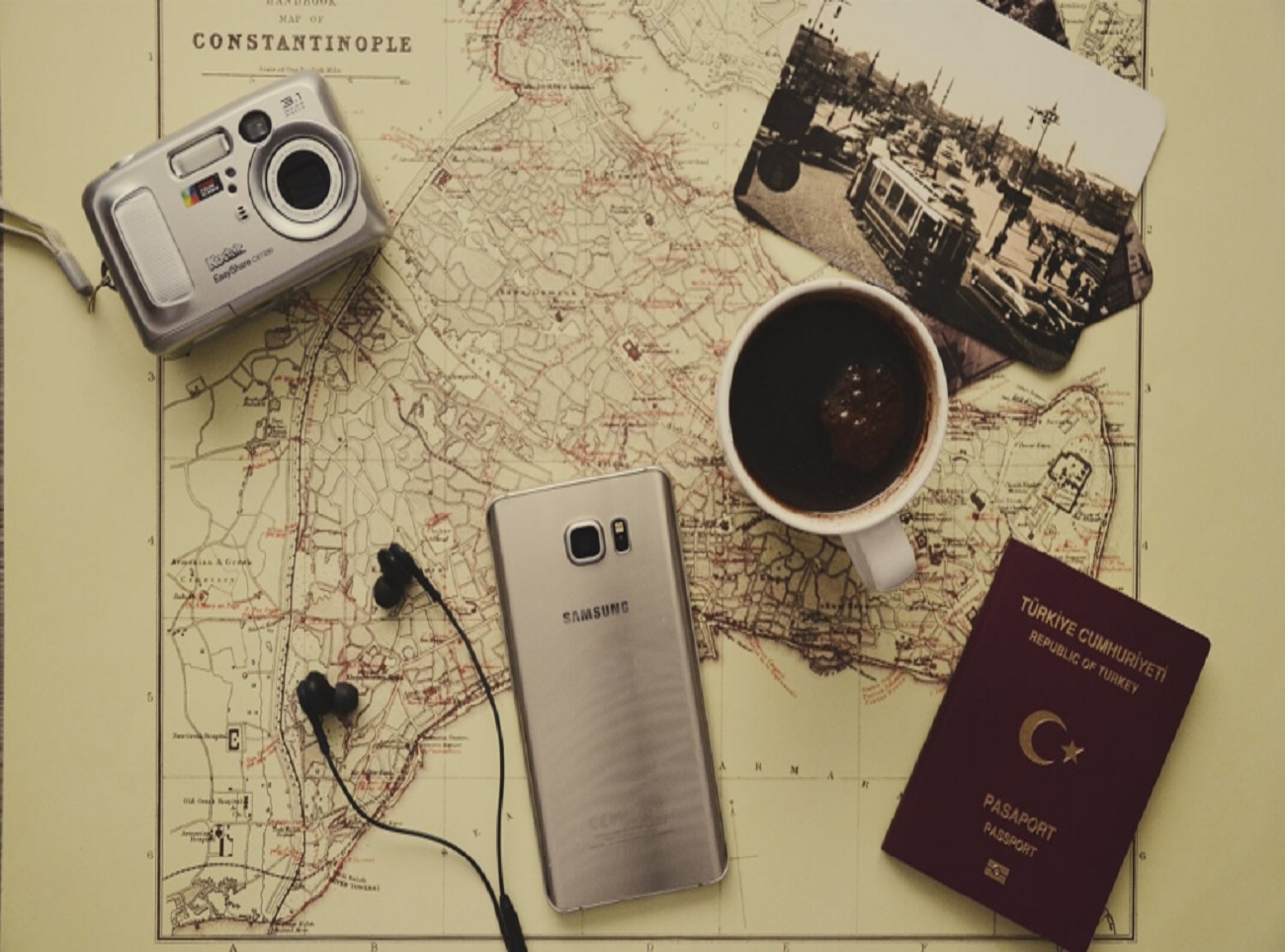Is it Safe Travelling in India During the Coronavirus?
So, the country is finally beginning to open up after staying in lockdown for months, and the restrictions are getting relaxed all around. But, what does that mean for all you travel bugs out there whose vacation plans had been squashed by the pandemic? It must have felt heartbreaking to cancel the tickets and bookings when the country went into a lockdown, right? So, is it safe now to resume all your Tour & Travel plans already?
Though there is no easy way to answer these questions, we, at Travels Paradise, will try and show you some direction in this regard.
To Travel or Not to Travel: The Answer to Your Dilemma
The Indian Government has allowed a limited number of domestic flights to resume operations across the country, though the international flights have still not resumed. So, it is quite evident that those international vacations will have to wait, and you can only travel within the country as of now.
When it comes to whether you should travel or not, it’s entirely your choice as you hold the responsibility to safeguard your personal safety. As you might be aware, more and more people are now venturing out to explore the country and adjust to the new normal since the restrictions have been relaxed. But a piece of advice would be to check the quarantine regulations and the travelling restrictions beforehand of the state you are making your tour and travel plans for.
If you ask for our opinion, we would say that you have kept your wanderlust under check for quite a long now. So if you take all the precautions and measures, it would be perfectly fine to travel within your own state or to another state. But do ensure that you take all the necessary safeguards.
Also, it is important to assess your medical history, age, and other risk factors before booking those tickets. Older adults, people with pre-existing breathing disorders, and the likes are at a greater risk of contracting the virus. So, even though it’s such a bummer to just shelf your travel plans for the time being now, if you belong to the ‘risk group’, it would be advisable to let those travel plans wait for a while.
Air Travel: The Safest Mode of Travel at Present
As of now, the only mode of travel available to you is air travel, though talks are on to resume the operations of trains soon.
Given the precautions that the airlines are taking for the safe travel of the passengers, the flights are your safest mode of travel. The crew is frequently cleaning and disinfecting the high-touch points like overhead bins, food trays, and seat handles, and are taking complete care to follow proper social distancing norms.
Our Two Cents…
If you are up with your travelling plans and are all set to explore the country, go for the flights. They are the safest for travelling in the current scenario. Do not hop out without taking the best measures to protect yourself. A word of caution would be to avoid visiting overcrowded places amid the pandemic. It would be wise not to make your tour and travel plans for cities that are already experiencing a blast in Corona cases. Instead, opt for uncharted locations. Such places are comparatively safer to travel as they don’t attract huge crowds.
Last, but not the least, travelling is not as important as your health and well-being. If you are in the pink of your health, you can surely make your travelling plans while keeping hold of all the precautions. However, if in case, you have any existing health issues or belong to the risk group, shelve the plans for now. And don’t worry, we, at Travels Paradise, are right here to keep delivering you with your regular dose of tour and travel info so that you can make even better and well-planned trips to your favourite place once the pandemic is over.
The basics
India is currently the global center of a devastating new wave of the pandemic, with the country’s health system close to collapse.
Current flight bans
What’s on offer
Who can go
What are the restrictions?
Regular international flights are suspended, although Vande Bharat Mission repatriation flights are operating, as are “air transport bubbles” from various countries around the world — although only those meeting the visa criteria for entry are allowed on these flights.
Travelers arriving from the UK or Middle East must fill in the same form, declaring their travel history of the past 14 days, and any connecting flights on arrival in India, as well as provide a negative PCR test. They will be segregated in-flight or while disembarking and must undergo a further PCR test on arrival at their own expense. They must stay at the airport until they get their results.
Transit passengers coming from these countries who test negative can catch their connecting flights, but must quarantine at home for seven days, and take a test at the end of the quarantine period.
What’s the Covid situation?
The outbreak has pushed the country’s healthcare system to near breaking point. With no space left in hospitals, patients are being left to die at home, in ambulances and outside clinics. Even those who are given a bed remain in danger, with hospitals running out of oxygen and asking patients’ families to bring their own.
On April 20, Delhi Chief Minister Arvind Kejriwal — who has previously warned of a “fourth wave” — warned that some Delhi hospitals had just “a few hours of oxygen” left.
Prime Minister Narendra Modi has announced plans for the delivery of 100,000 cylinders of oxygen nationwide, new oxygen production plants, and hospitals dedicated to Covid patients.
What can visitors expect?
India imposed one of the world’s strictest lockdowns in March 2020, though restrictions have been eased as the months have gone on. Weddings and religious events are now allowed to take place, and domestic travel is allowed. However, different states are imposing different regulations. Maharashtra — where Mumbai is located — imposed an evening curfew on 28 March.












